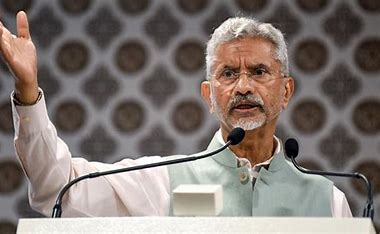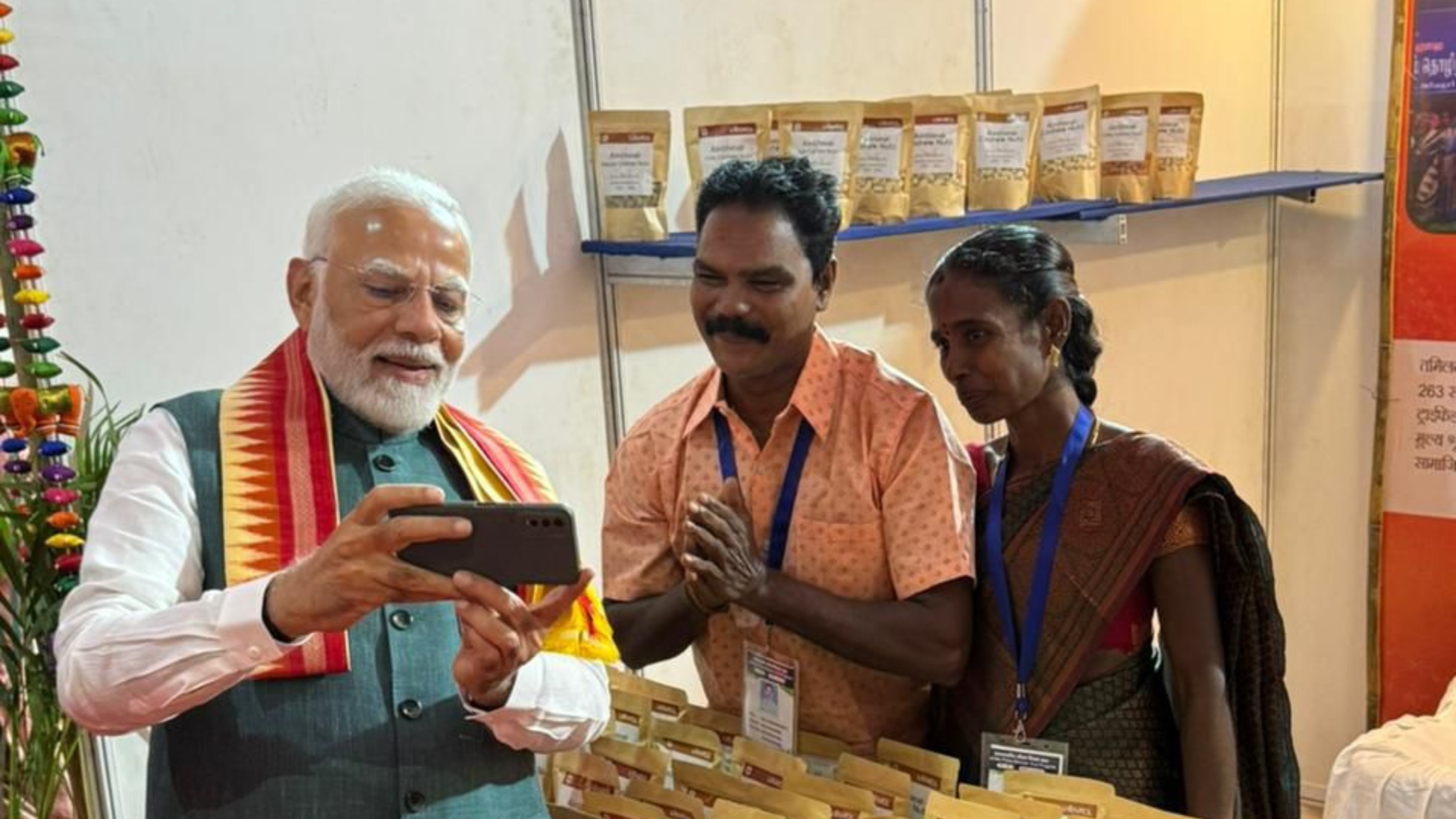
These days, India is weighing the potential benefits of allowing foreign universities to operate within its borders, with some arguing it will enhance the quality of education, while others are concerned about the potential negative effects on domestic institutions and the Indian education system. Recently, this has sparked debate, with supporters believing it opens up new prospects and detractors concerned about the impact on the local system.
India’s higher education history is influenced by several factors including colonial legacies, indigenous traditions, and global influences. Prior to the colonial era, India had a rich tradition of higher learning, with institutions such as Nalanda and Takshashila attracting scholars from across the world. However, the arrival of colonial powers in the 18th century transformed Indian education by creating an English-educated elite class. This led to the establishment of universities, colleges, and schools that promoted Western education and contributed to the anglicization of Indian higher learning. After gaining independence in 1947, India revitalized its education system with the University Grants Commission in 1953. As the sector grows, the government considers foreign universities to enhance the academic environment and overall quality of higher education in India.
Allowing foreign universities in India is primarily viewed as a means of introducing new viewpoints and ideas into the country’s higher education system. This will expose students to a broader range of educational possibilities as well as varied teaching methods, research practices, and academic standards, thereby increasing India’s overall education level and generating graduates with a more globalised outlook.
Foreign universities in India can certainly bridge the gap between academia and industry by offering programmes tailored to the needs of the job market. This provides Indian students with exposure to industry-relevant education and skill development, improving their employability in the global market. Their strong ties to industry make them a valuable resource. Many experts have advocated for the opening of the Indian education sector to foreign universities, citing new opportunities for Indian students and also emphasising the need for innovative and industry-focused education.
Furthermore, foreign universities in India could boost competition among institutions, leading to improved quality education. This competition encourages innovation and improvements in facilities, faculty, and academic programmes, potentially enhancing the overall standard of education in India and benefiting both students and the workforce.
The influx of foreign universities in India will have both positive and negative outcomes. While they might offer global best practices and diverse academic perspectives, they might also raise concerns about education quality, standardisation, and the erosion of indigenous knowledge systems. Unchecked entry could lead to commodification, exacerbate access inequalities, and have cultural and ideological implications. Critics argue that foreign universities could lead to commercialization, higher tuition fees, and the exclusion of students from lower socioeconomic backgrounds. They also worry about the preservation of cultural and academic autonomy, as foreign universities may dilute the country’s rich academic traditions and undermine indigenous knowledge systems.
However, the management of foreign universities in India has brought new perspectives, knowledge, and opportunities for Indian students. Foreign institutions often offer specialised programmes that are not available in India, providing students with a unique learning experience. Collaboration with foreign universities has also helped Indian institutions improve their global ranking and reputation, attracting more international students to India and enriching the cultural diversity of the Indian education system. In the near future, Indian universities may expand collaboration, joint research projects, faculty exchange programmes, and offshore campuses. Additionally, there’s a growing interest in promoting innovation and entrepreneurship in the education sector through incubation centres and startup accelerators.
The issue of foreign university regulation in India has elicited a wide range of responses from policymakers, educators, students, and civil society. Some argue for stricter regulations to prevent substandard institutions from gaining a foothold, while others advocate for a more open approach, arguing that a competitive and diverse higher education system would benefit students and India’s global standing. Economically, liberalisation could attract foreign direct investment, create employment, and boost India’s knowledge economy. Critics, on the other hand, worry that unchecked entry could lead to brain drain.
The decision to allow foreign universities to operate in India is a complex issue with pros and cons. While foreign universities could enhance education quality, concerns arise about domestic institutions, commercialization, and preserving academic and cultural autonomy. Therefore, policymakers must carefully weigh these factors before making a decision on allowing foreign universities to operate in India. The Indian government needs to establish a robust regulatory framework to attract foreign universities and foster academic partnerships. This should include clear guidelines for accreditation, transparency, and safeguarding student and faculty rights. Addressing concerns about the erosion of indigenous knowledge systems and promoting cross-cultural dialogue is also crucial for creating a vibrant and inclusive academic ecosystem.
A balanced approach that encourages cross-cultural dialogue and collaboration between foreign and domestic institutions can create a vibrant and inclusive academic ecosystem. The entry of foreign institutions offers the promise of enhancing higher education quality and diversity, but also poses challenges related to standardisation, cultural integrity, and social equity. By engaging in informed dialogue, formulating effective policies, and upholding academic excellence and social justice principles, India can definitely navigate these complexities and create a more dynamic and inclusive higher education landscape.
Kanwar Dinesh Singh is a well-known author and academic, currently an Associate Professor of English at Rajiv Gandhi Government College in Shimla.















